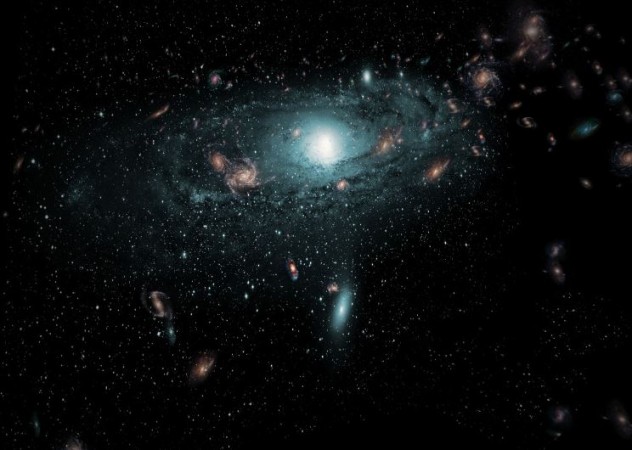
Have you ever wondered what's out there in the vast expanse of the universe, beyond the stars and galaxies that we can see? Our universe is a mysterious and fascinating place, filled with celestial bodies and unexplained phenomena. One such enigmatic phenomenon is known as "The Great Attractor." In this article, we will delve into the mysteries of this cosmic force that exerts its pull on our Milky Way and countless other galaxies in the universe.
Understanding Galaxies and Cosmic Structures
Before we dive into the depths of The Great Attractor, let's first understand the basic structure of galaxies. Galaxies are enormous collections of stars, planets, gas, and dust held together by gravity. They come in various shapes and sizes, ranging from spiral galaxies like our Milky Way to elliptical and irregular ones.
The Discovery of The Great Attractor
The existence of The Great Attractor was first hinted at in the 1970s when astronomers noticed irregular galaxy motion in the Centaurus and Hydra constellations. The peculiar motion suggested the presence of an unseen mass pulling these galaxies towards it.
Unraveling the Mystery: What is The Great Attractor?
Defying Gravitational Expectations
As scientists delved deeper into the mystery of The Great Attractor, they made an astounding discovery. The gravitational force pulling galaxies towards The Great Attractor is so powerful that it defies the observable mass in that region. This discrepancy led researchers to hypothesize that there might be a vast amount of dark matter at play.
Dark Matter: The Hidden Force
Dark matter is an elusive and invisible substance that does not emit, absorb, or reflect light. Although we cannot directly observe dark matter, its presence is inferred through its gravitational effects on visible matter, like stars and galaxies. The Great Attractor seems to be a massive reservoir of dark matter, influencing the motion of galaxies across a vast cosmic region.
Clusters of Galaxies
The Great Attractor is not a single object but a complex region containing several galaxy clusters. These galaxy clusters, bound together by dark matter, collectively contribute to the gravitational pull on surrounding galaxies. It's like a cosmic superhighway that attracts and shapes the flow of galaxies.
The Impact on Our Local Group
The Milky Way, our home galaxy, and the Andromeda galaxy are part of a smaller galactic community known as the Local Group. The Great Attractor's gravitational force plays a significant role in shaping the motion of the Local Group and other nearby galaxy clusters.
Uniting the Universe
Beyond our Local Group, The Great Attractor plays a more profound role in the large-scale structure of the universe. It is considered one of the major contributors to the overall motion of galaxies, drawing them towards a central gravitational point. This has led astronomers to believe that The Great Attractor might be connected to an even larger structure, known as the Laniakea Supercluster.
The Future of Exploration
The Great Attractor continues to captivate the imagination of astronomers and researchers worldwide. As technology advances, new telescopes and instruments are being developed to observe and analyze this mysterious force more closely. With each discovery, we inch closer to unveiling the secrets of our universe and understanding the vast cosmic web that binds us all.
The Great Attractor remains one of the most intriguing cosmic phenomena, pulling galaxies across the universe towards it. This enigmatic force, shrouded in dark matter, defies our current understanding of gravity. As we continue to explore and study the universe, we may one day unlock the secrets of The Great Attractor and gain a deeper understanding of the cosmos.
Israeli Military Combatives: Techniques Developed for the Israel Defense Forces (IDF)
Invisible Solar Cells: The Evolution of Transparent Photovoltaic Technology for Window Integration